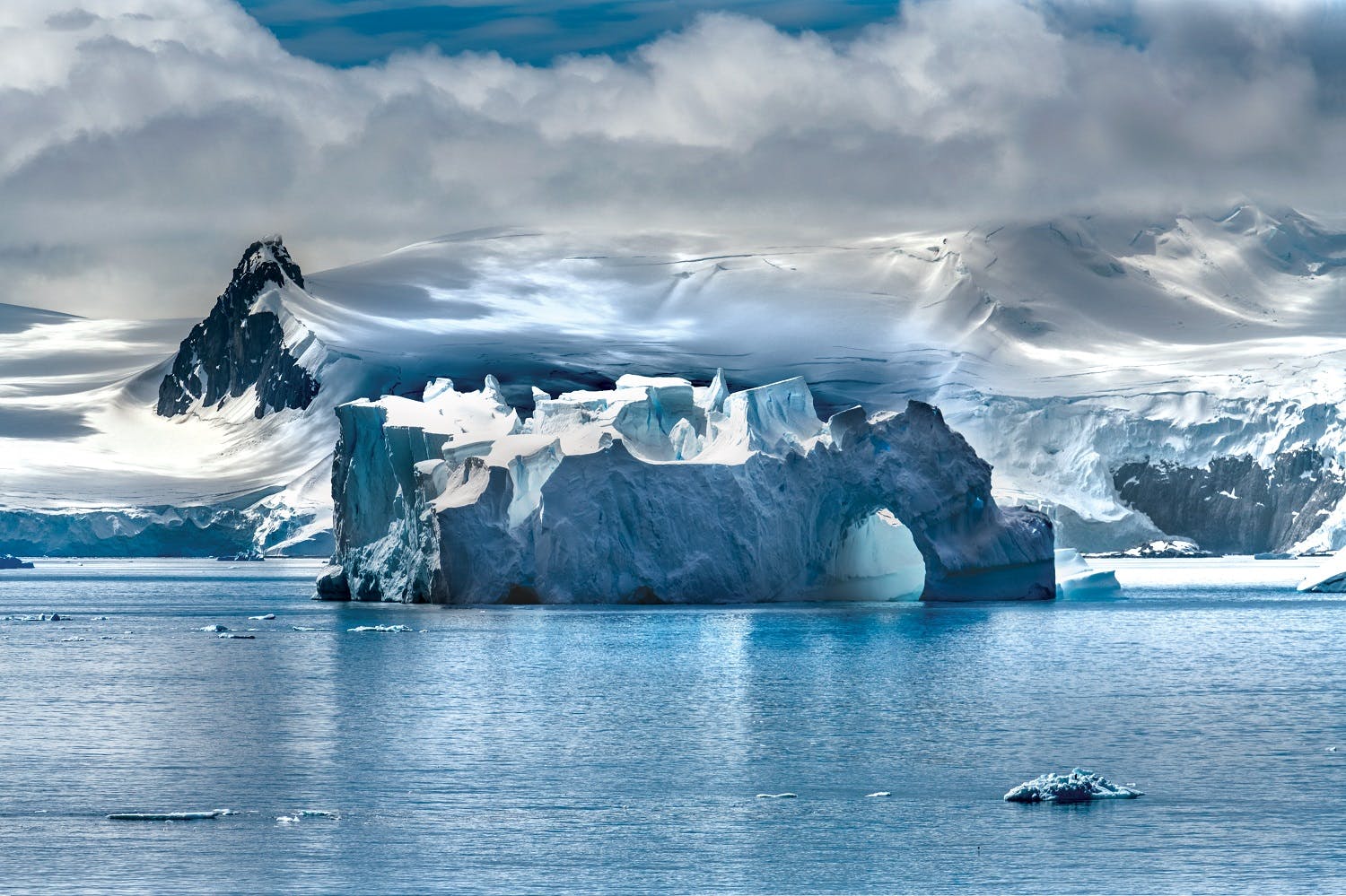Photographer Steve McCurry: Insights from My First-Ever Trip to Antarctica
Among the most iconic voices in contemporary photography for more than three decades, Steve McCurry has traveled the world to photograph conflicts, vanishing cultures, ancient traditions and contemporary culture alike – yet always retains a human element. Now, though, the legendary visual storyteller shares details on an entirely new kind of artistic challenge: Antarctica.
Steve McCurry traveled to Antarctica for the first time with Silversea Cruises, departing Ushuaia, Argentina, on Silver Cloud in December 2019. The photos from his expedition are nothing short of breathtaking – each captures a rare moment, frozen in time. In this exclusive interview, McCurry opened up about his first-ever cruise to Antarctica.
“[Antarctica] exceeded my expectations by far. It felt like I was on another planet.”
STEVE MCCURRY

This was your first expedition to Antarctica. What were your expectations? And how did your experience differ?
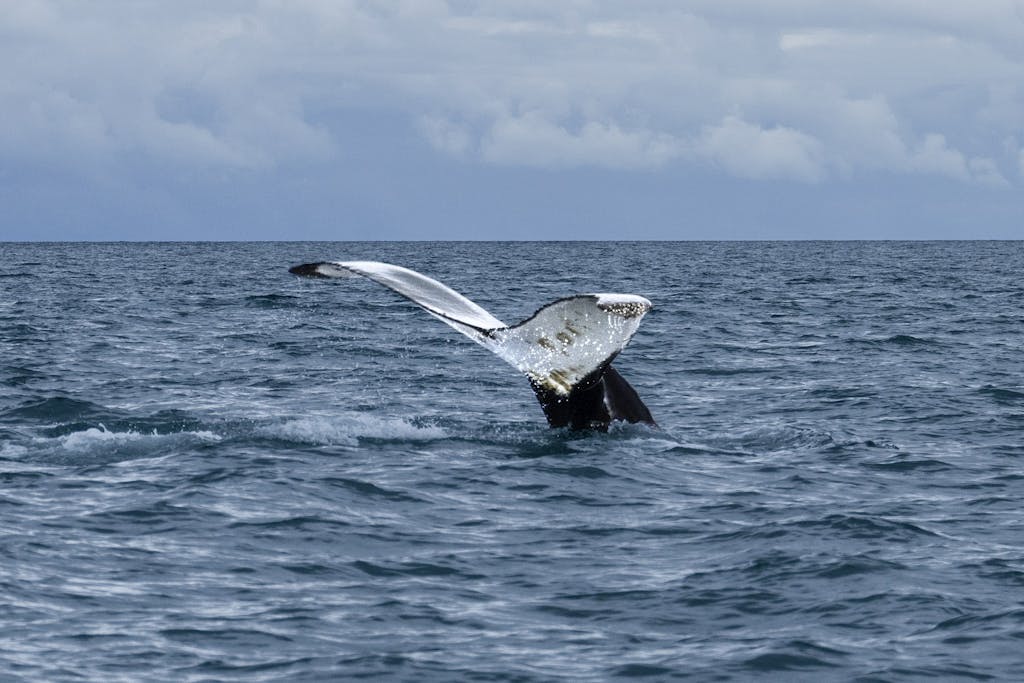
McCurry: Antarctica is unlike any other destination in the world. It felt like I was on another planet. I was most looking forward to seeing the icebergs, these mammoth floating pieces of sculpture that constantly change and evolve. But Antarctica’s diverse ecosystem greeted me with so much more – whales, seabirds, penguins, and seals, plus vast glaciers and relics of history frozen in time. Being able to experience the continent so authentically was an experience that will live with me forever.
What were three highlights of your trip?
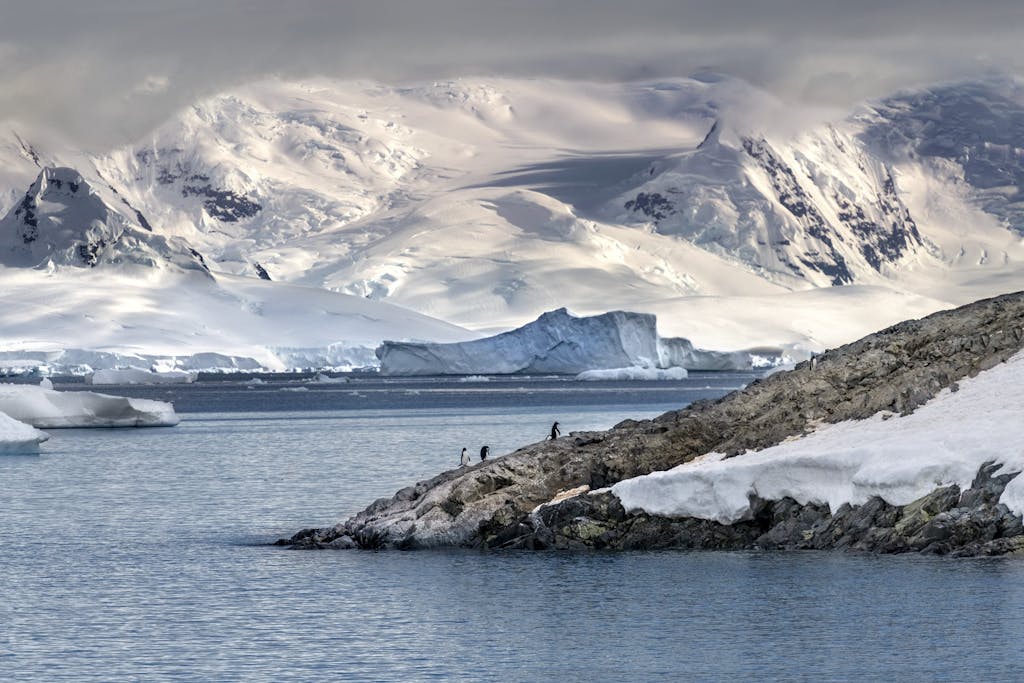
McCurry: “1. Seeing the whales and elephant seals up close. 2. The landscape that looked like another world, full of hundreds of beautifully shaped icebergs. 3. There were so many Antarctica experts on the ship; I loved learning about the history, wildlife and various expeditions around the region from over 100 years ago.”
Which encounters with wildlife stand out in your memory?
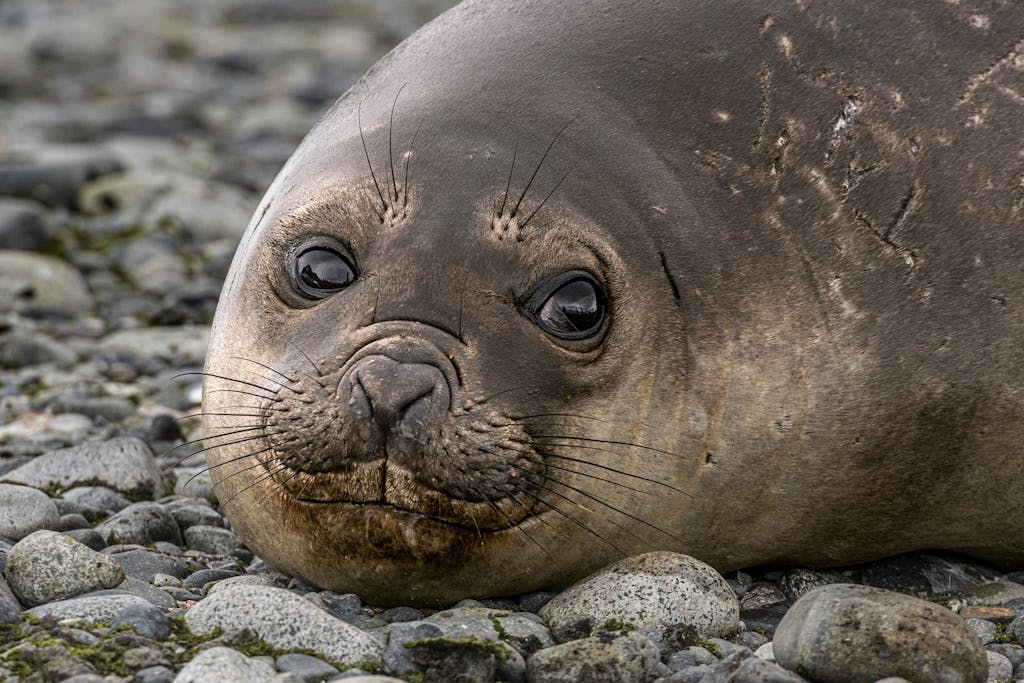
McCurry: We had some incredible encounters with elephant seals, which were fascinating. They are such enormous creatures with big beautiful eyes and wonderful expressions – so full of emotion.
The history of Antarctic exploration is a poignant feature of the experience. What relics did you find most interesting and why?
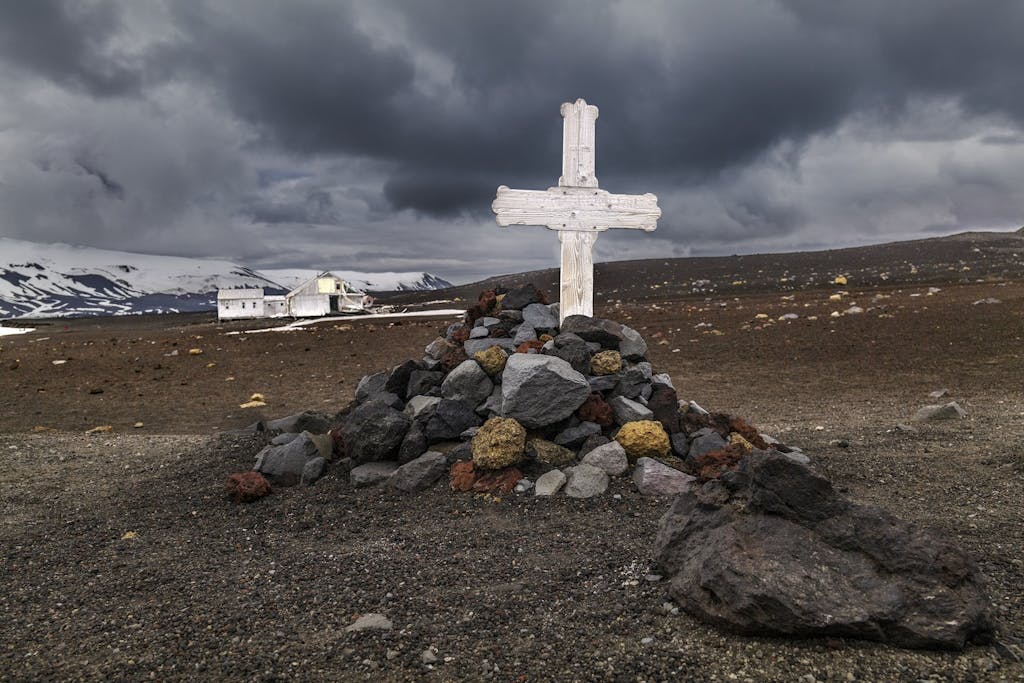
McCurry: The abandoned whaling station we visited on the South Shetland Islands was very interesting. The region has numerous whaling stations, scientific bases and way stations that have been abandoned. They are now covered in snow and ice but still serve as remarkable time capsules. I saw an airplane hangar, dormitory, cemetery and huge oil storage tanks.”
Did you face any challenges when photographing Antarctica? How did you overcome them?
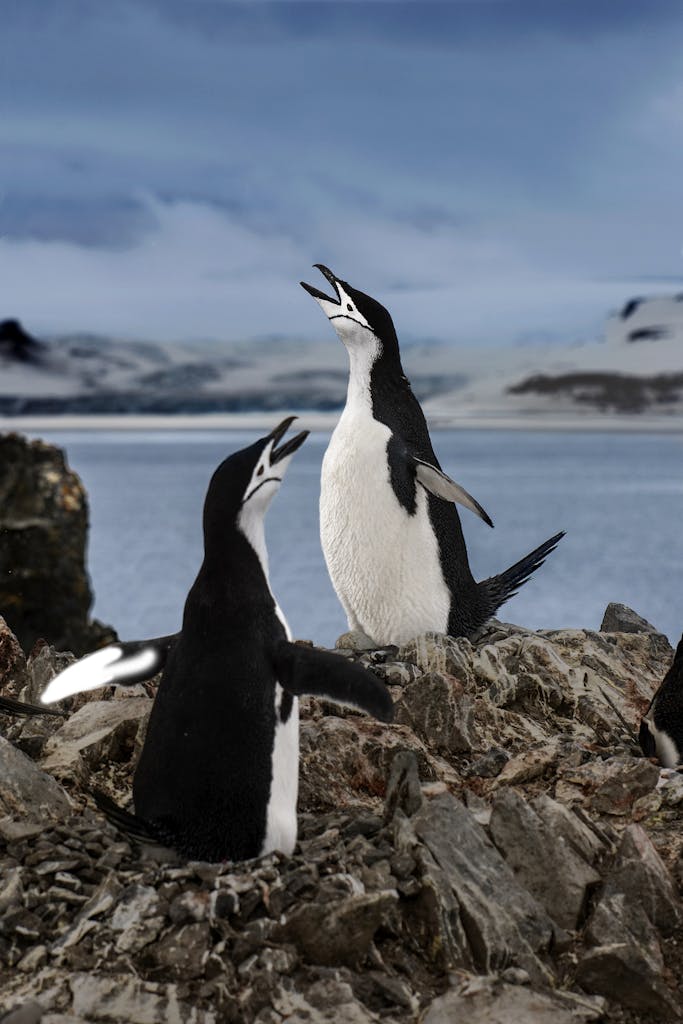
McCurry: It can take days to capture animal behaviors on camera, and I only had a few hours at each landing point. I just had to wait and observe and hope that they revealed themselves. Photographing in the extreme cold can be a real challenge, but being prepared with good equipment and slowly acclimatizing is the key.
The colors of Antarctica could be considered as different from somewhere on the Equator. How did this factor into your approach?

McCurry: Visually, it’s rich, yet monochromatic and minimalist at the same time. The only time there was some real color was during the sunset at 11 p.m. but the sun would rise around 3 a.m., so it was light virtually all the time. I’m so used to tropical countries and shooting in places where there’s lots going on, so photographically it was a different approach.”
How was your experience enhanced by Silver Cloud’s Zodiacs and Silversea’s Expedition Team?
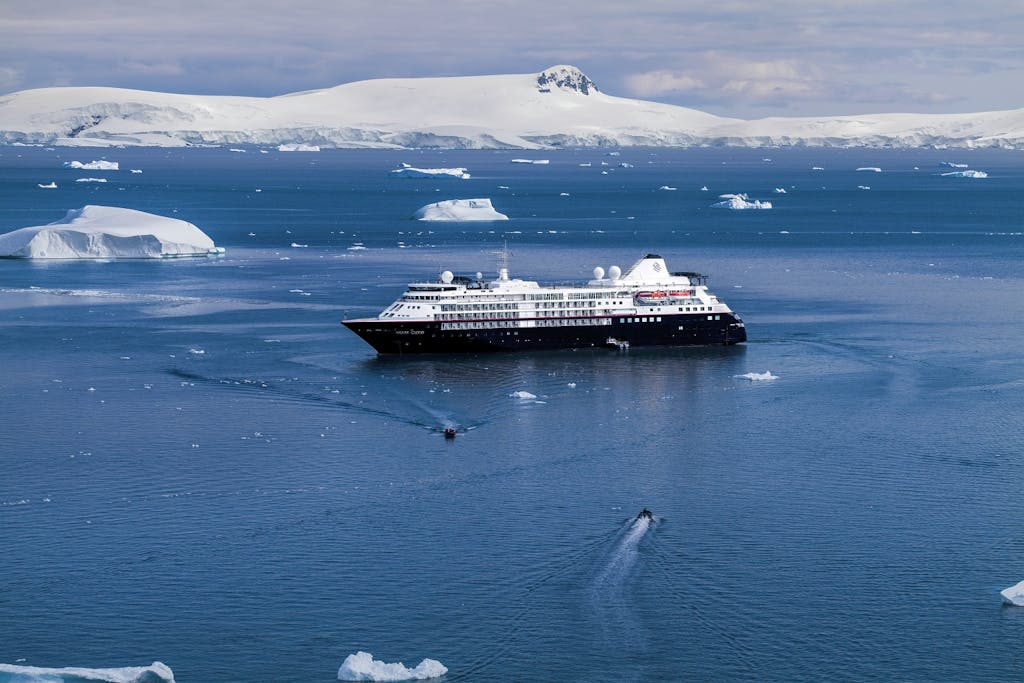
“I spent many enjoyable meals talking to these experts and scientists, learning about the region.”
Steve McCurry
McCurry: The experienced crew members on board were great and made me feel very safe when discovering our surroundings on the Zodiacs. The Zodiacs enabled us to view icebergs from different angles and gave us easy access to land. They provided a great platform from which to photograph.
Being accompanied by experts in their field taught me a lot about what I was experiencing, which enriched the experience. I always looked forward to all the lectures and learning about this unique part of the world. I spent many enjoyable meals talking to these experts and scientists, learning about the region.
What was your experience of crossing the famous Drake Passage?
McCurry: I had heard that the Drake Passage is often referred to as the ‘Drake Shake’ or the ‘Drake Lake,’ but on our way to Antarctica, it was very smooth sailing. On the return, we had some movement and choppy water, but overall it was quite comfortable.
Do you have any equipment tips for photographers traveling to Antarctica?
“I used a combination of a telephoto lens for wildlife and a wide angle for icebergs. We couldn’t often get very close because icebergs are constantly moving and their center of gravity can shift underwater.”
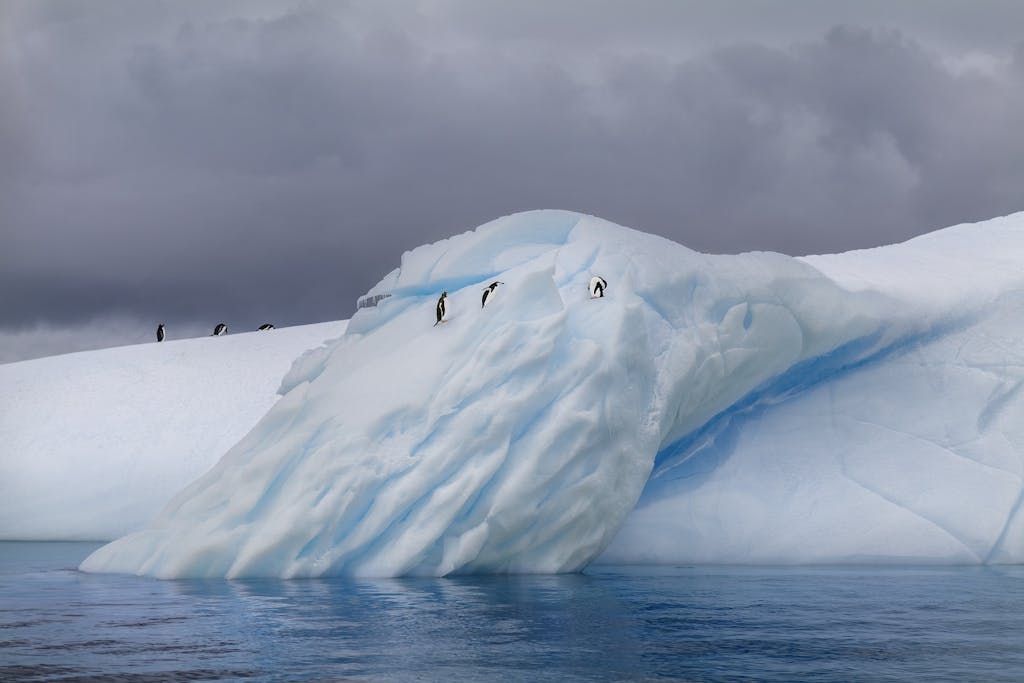
If you could extend the expedition to spend longer in Antarctica or South America, where would you go and what would you do?
McCurry: I would spend some time exploring the Tierra del Fuego National Park in Argentina to discover its dramatic landscape of snowy mountains, glaciers and wind-sculpted trees. Tierra del Fuego is also home to the city of Ushuaia, often called “The City at the End of the World,” which is of great interest to me. I’d love to explore its rich history and the surrounding mountains. I would also take a few days in Buenos Aires to experience the culture.
Want to know more? Learn tips and tricks about Antarctica photography from leading experts.
